Evaluating Windows Defender Security: Is It Sufficient in 2025?
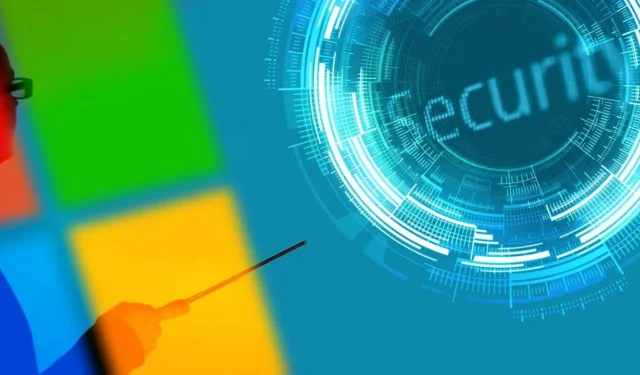
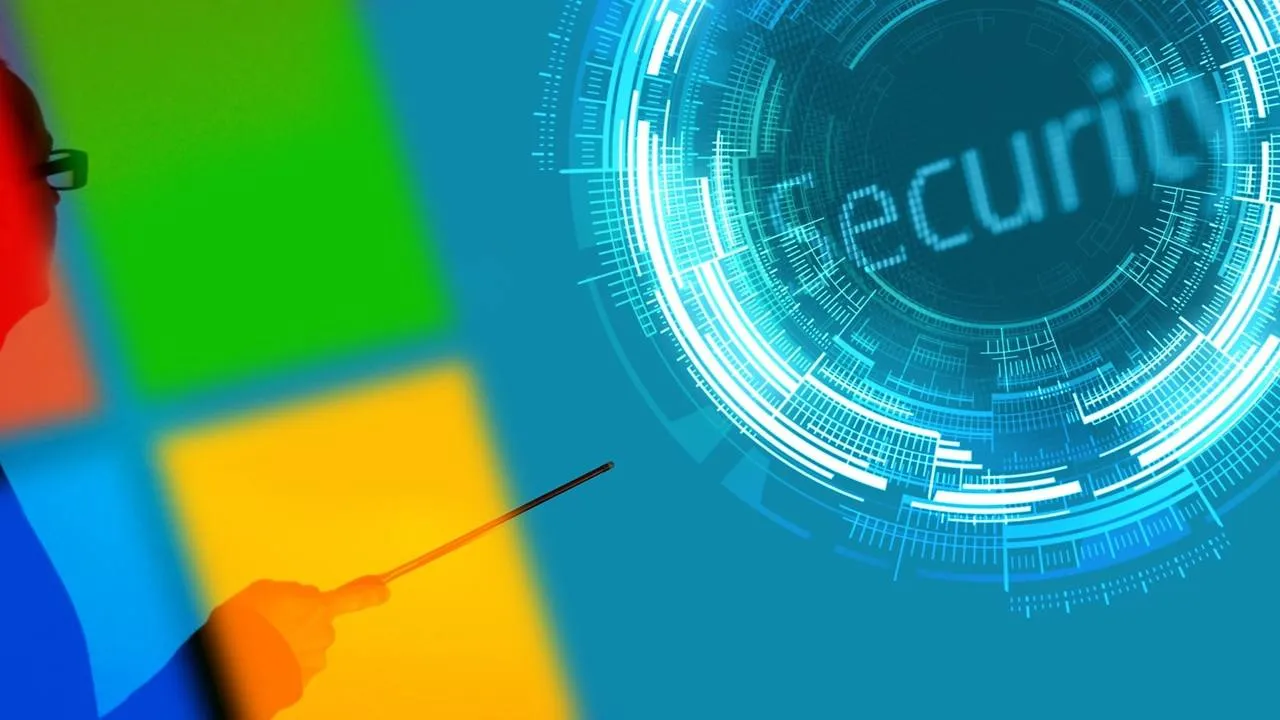
In recent years, many individuals have chosen to forgo traditional antivirus programs, firewalls, and additional security applications in favor of Microsoft’s native security solution, Windows Security (previously termed Windows Defender). However, as we approach 2025, the question arises: does this built-in security suite offer comparable protection to third-party antivirus options?
To ascertain the effectiveness of Windows Security, we carefully analyzed its current features, highlighting both its strengths and weaknesses. Furthermore, we contrasted its performance against other antivirus solutions through our benchmarking evaluations.
Overview of Windows Security
Windows Security serves as Microsoft’s default security framework, coming pre-installed on all Windows devices—laptops and desktops alike. It operates seamlessly within your system, accessible via the Settings menu under System -> System components, where it resides alongside other core applications such as Microsoft Store, Game Bar, and Phone Link.
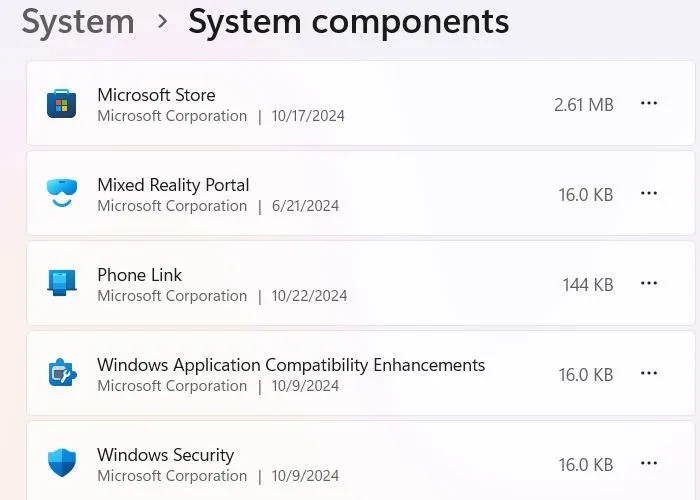
While each antivirus program possesses unique attributes, many include fundamental features. To assess the capability of Windows Security, we compared its offerings with those from third-party antivirus solutions to identify any missing components. Our criteria focused on the essential capabilities all antivirus products should feature, allowing us to evaluate how Windows Security’s specifications measure against others in the market.
| Features Availability | |
|---|---|
| Sandboxing | No |
| Email and Web Protection | Yes |
| Firewall Integration | Yes |
| Phishing Protection | Yes |
| Identity and Dark Web Protection | No |
| VPN | No |
| Real-Time Malware Scanning and Protection | Yes |
While Windows Security presents a varied array of protection features, it lacks some critical specifications often found in many third-party antivirus solutions, given its free nature. For instance, BitDefender Total Security not only includes everything Windows Security offers but also fills in the gaps highlighted in the table.
Such features include sandboxing, which facilitates the safe examination of files and applications for malware within a controlled virtual environment, an identity protection option that monitors data breaches, and a multi-server VPN. Clearly, when we evaluate the necessary specifications for 2025, Windows Security does not quite match its rivals.
Interesting Fact: Many features in Windows Security still bear the old title “Defender,”and Microsoft Defender stands as a separate premium solution.
Key Features of Windows Security
Despite not possessing some critical elements compared to competing antivirus software, it would be misleading to dismiss Windows Security outright. It provides a robust combination of functions making it effective and adequate for many users.
First off, its standard antivirus capabilities include on-demand malware scanning and a well-equipped firewall designed to thwart intrusions effectively. The App & Browser Control feature, inclusive of the Reputation-based Protection using SmartScreen, offers comparable security to other antivirus options, blocking phishing attempts, undesirable applications, and unsafe downloads. The Smart App Control feature further enhances protection by shielding users from corrupted apps they might acquire from the web. Recently, Windows Security introduced an Exploit Protection module to bolster its defense mechanisms for systems and applications.

One particularly commendable aspect of Windows Security is its sophisticated Device Security feature, which is ideally suited for Windows 10 and 11. This section encompasses Core Isolation, offering advanced protection against kernel-level malware. Windows 11 is equipped with a Trusted Platform Module, a necessity for modern computing.

Secure Boot ensures reliable defense against offline malware threats that may activate during the boot sequence. A standout feature is Device Encryption, which protects all stored data in case the device is lost or compromised. No other free or paid antivirus solution matches the depth of protection against device-level threats that Windows Security provides.
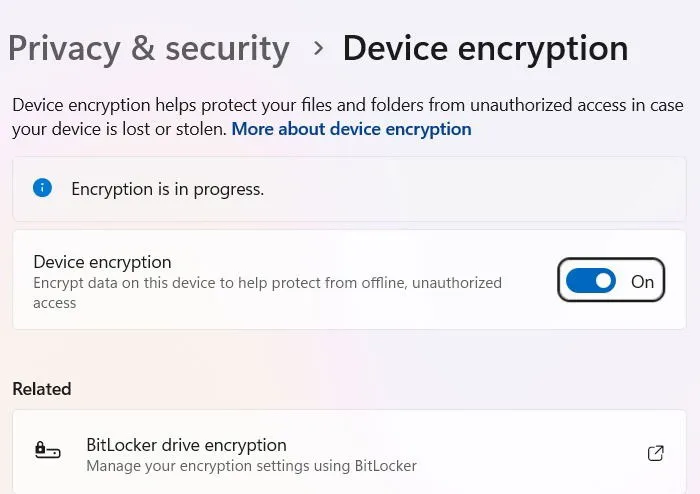
Unique to Windows Security, additional features include account protection using a dynamic lock mechanism that pairs your device with a smartphone, creating a two-factor authentication setup that deters unauthorized access from external threats. Collectively, these features create a compelling array of capabilities that are indispensable.
Comparing Windows Security to Competitors
Although Windows Security boasts numerous device and account protection features, the ultimate way to gauge any antivirus solution is through performance benchmarks against its competitors. Well-recognized testing platforms like AV Test have been assessing such products for over two decades. In their August 2024 evaluation, Microsoft Defender Antivirus, a crucial facet of Windows Security, was ranked in the lowest tier, while notable competitors like Avast, BitDefender, and Avira were among the top performers.
Is this assessment accurate? We set out to verify this ourselves. We tested Microsoft Defender’s capability to deal with unexpected malware and compared it with top-ranked antivirus solutions as per AV Test.
- EICAR: The European Institute for Computer Antivirus Research (EICAR) provides malware test files. Windows Security successfully identified the EICAR malware strain within a zipped file and deleted it from the Downloads folder.
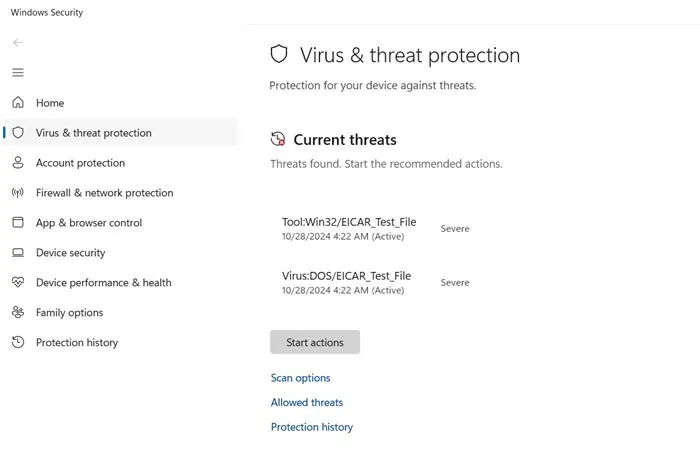
- WICAR: The WICAR website showcases various malware samples. Our testing with strains like “JavaScript CryptoMiner” and “Adobe Flash Hacking Team leak” showed that Windows Security not only identified the threats but also blocked access to potential harmful links through the Google Chrome browser.
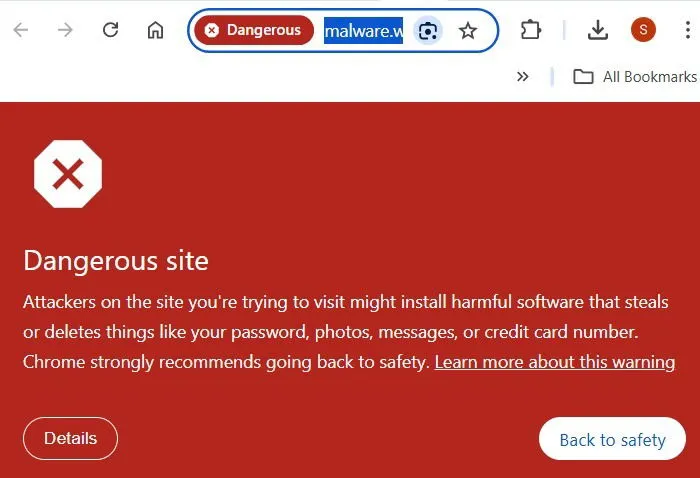
- FortiGuard: This service provides exceedingly advanced malware samples. Our first test focused on a zero-day DOS virus sample titled “zhvo_test.” Windows Defender SmartScreen promptly blocked it, stopping it from being executed. A behavioral-based test involving another executable also failed to run due to Windows Defender’s proactive measures.

- Palo Alto WildFire: In our evaluation, there was only one strain of malware that Windows Security could not detect—a specific APK malware known as “WildFire” from Palo Alto. I managed to download and open it with Notepad without any alerts from Windows Security. In contrast, both BitDefender and Avast immediately flagged the file and issued warnings.
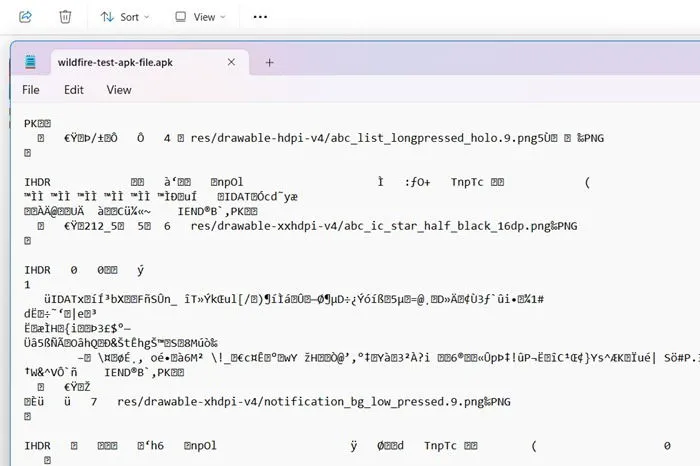
Although these sample tests are limited in scope, our observations align with those of AV Test and similar platforms, indicating that while Windows Security effectively manages the majority of malware strains, it can overlook new threats or specific types of malware. Other third-party antivirus solutions undoubtedly offer broader protection against emerging dangers.
This weakness was notably highlighted during the CrowdStrike outage in July 2024, which resulted in significant disruptions across global aviation systems due to unresolved update vulnerabilities. Windows Defender was unable to respond in real-time to this crisis.
Key Limitations of Windows Defender Security
After examining the features and test results related to Windows Defender security, it becomes clear that it harbors significant limitations.
- Insufficient Endpoint Protection: The lack of endpoint restoration capabilities leaves devices vulnerable in the event of a ransomware or DDoS attack, which was evident during the CrowdStrike incident. Commercial antivirus options generally offer superior endpoint security.
- Moderate Detection Abilities: While Windows Defender does effectively identify a large percentage of malware strains, our experimental trials have demonstrated that it may occasionally miss critical threats. Even a single lapse can have serious consequences.
- No Hardened/Secure Browser: Although Edge presents several security measures, including SmartScreen, it pales in comparison to more secure browsers like Epic, Brave, and Opera.
- Absence of a VPN: Given the growing trend where antivirus and VPN services often overlap, the top VPN products frequently offer robust antimalware protections. In this context, the absence of a VPN within Windows Security is a considerable shortcoming.
Conclusive Judgment: Is Windows Security Adequate in 2025?
Many third-party evaluations have noted a steady enhancement in the capabilities of Windows Defender Antivirus over the years. However, the question remains: is it prudent to depend solely on Windows Security for safeguarding your PC?
While it might have been a wise choice in previous years, the contemporary malware landscape has evolved, presenting more substantial threats. The emergence of new malware from organizations (illustrated by Palo Alto’s “Wildfire” and CrowdStrike’s issues with updates) and state-sponsored threat actors reveal vulnerabilities that Windows Security struggles to detect promptly. Therefore, in light of these challenges, it would be advisable to consider supplementing Windows Security with a reputable third-party antivirus solution.
Image credit: Pixabay. All images are credited to Sayak Boral.
Leave a Reply